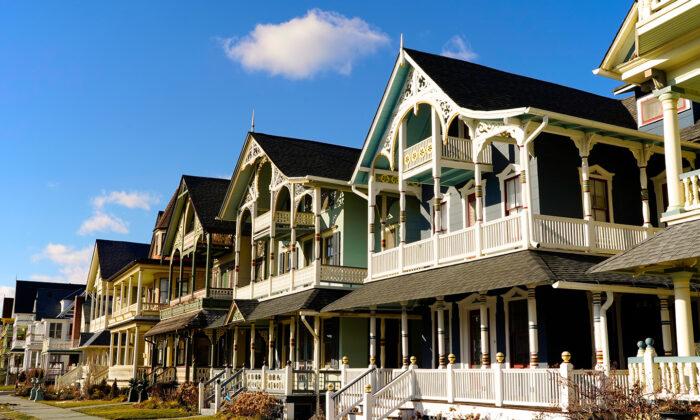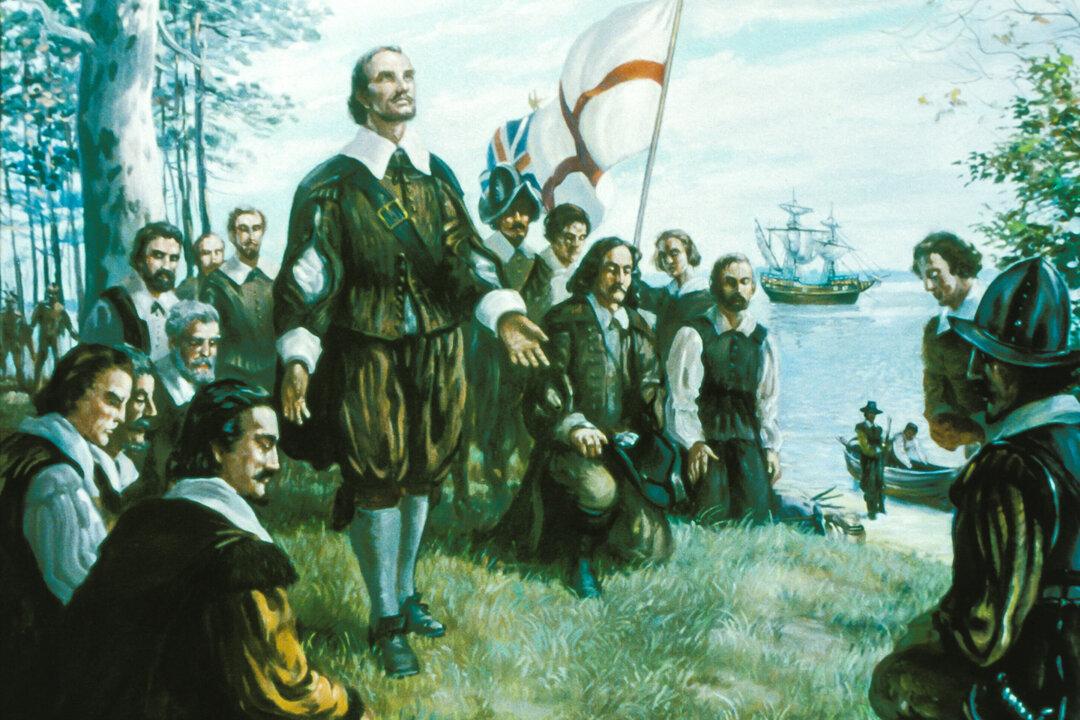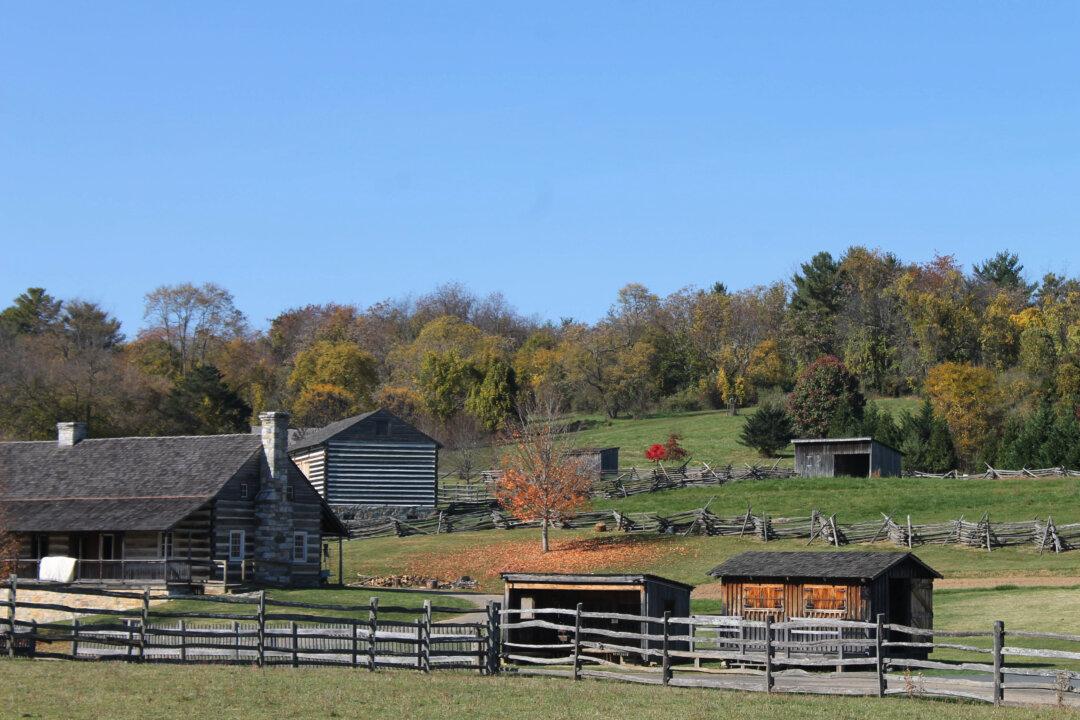In the mid-1970s, my friend and I were riding along Route 71, south of Asbury Park, New Jersey, ready to explore the Jersey Shore. I was riding in her green Camaro on Sunday afternoon, when we drove past a community entrance road that was chained shut with a safety barricade out front. “That’s Ocean Grove,” my friend said. “You can’t drive in there on Sunday; they have a law against it.”
I was quite familiar with the Old Order Mennonites and Amish who don’t drive cars at all, but it seemed quite unusual for an American town to forbid driving for one day out of the week—especially in what we all knew was the age of the automobile.
Ocean Grove’s unusual blue laws, which prohibited driving on Sundays, dated back to the community’s beginnings in 1869 as the site of a Methodist Episcopal camp meeting. The camp ended up folding 110 years later when the town was incorporated into the larger Neptune Township.
Ocean Grove was originally founded by Reverend William Osborn. Along with some of his congregation, he began purchasing the land after camping for a week attending a holiness camp meeting in Vineland, New Jersey. Convinced of the spiritual and physical benefits to be had on an extended campout at the beach, they found a secluded site of their own on the North Jersey coast and formed the Ocean Grove Camp Meeting Association of the Methodist Episcopal Church.

In 1870, the New Jersey Legislature granted a charter to the OGCMA that allowed them to govern in Ocean Grove. They were able to organize local services, such as fire and police departments. They were able to administer their own court of law and had oversight over all public services and infrastructure.
Family Friendly Popularity

A planned community from the beginning, it was laid out to have 1,971 lots and an open Ocean Pathway (a greenway) that opened from the tabernacle site to the ocean. It was bordered on the north by Wesley Lake and to the south by Fletcher Lake. It was a perfectly secluded location for contemplation and recreation—an oasis of restful restraint in bustling post-war America. It was immensely popular.
Indeed, the orderliness of the place, which had no saloons or rowdy businesses, created a wholesome family resort. Bathing attire was required to be modest. Sales of alcohol were strictly forbidden. Since people came for extended stays, Sunday travel by carriage was forbidden, as was Sunday beach bathing. The town offered a quiet and restful place to spend the Lord’s Day.
New York businessman James A. Bradley came to Ocean Grove seeking spiritual and physical renewal. He purchased the first lot in the initial offering (actually a lease, as the community retained ownership). By the end of 1870, 372 lots had been acquired in the initial offering.

At first, most of the people coming to Ocean Grove stayed in tents. The tents were gradually upgraded to permanent wooden platforms, which held larger wall tents for families. They were made with a separate tent fly suspended above the wall tent—much like a modern camping tent. This kept the occupants dry with a single layer of canvas. Families could even rent an entire portable kitchen from the association.

Not Even for a President

The blue laws created a very desirable resort environment in their day. The rules were strictly enforced. They were not bent—even for a president.
In 1875, President Ulysses S. Grant arrived on a Sunday to the chained gates of Ocean Grove in his carriage. He had come to visit his sister who had a house on Wesley Lake. He stepped down from his carriage and walked into town. There in the open-air amphitheater, a crowd of 5,000 people welcomed him. In the years that followed, other presidents visited as well.

Inspiring development in its surrounding area, Ocean Grove became a model community. James A. Bradley, who had purchased the first lot, developed the town of Asbury Park. He named it for Methodist Bishop Francis Asbury: the first bishop of the Methodist Episcopal Church in the United States.
A town providing “a haven for temperance advocates,” Asbury Park was initially a dry town. But New Jersey’s temperance-based communities were hardly isolated from the wider world. “March King” John Phillip Sousa played in the Great Auditorium at Ocean Grove from 1921 to 1924.

In 1979, the town of Ocean Grove was folded into the Neptune Township. Blue laws were falling out of favor, and the chain at the entrance came down for good. The Camp Meeting still hosted performances in the Great Auditorium with music ranging from concerts on the Hope-Jones Organ to the Beach Boys.
The town boasts the country’s largest collection of Victorian houses and the homes are recognized on the state and national historic registers. Although the town declined in the 1980s, it is now experiencing a rebound. Many of the Victorian houses have been renovated for today’s owners and where the original homes have disappeared, Neo-Victorian infill houses have been built.
Ocean Pathway still stretches from the Auditorium to the sea, growing wider as it approaches the beach. The town’s design lives on in the form of a beautiful and walkable village.






